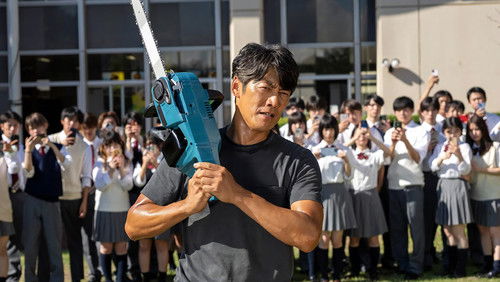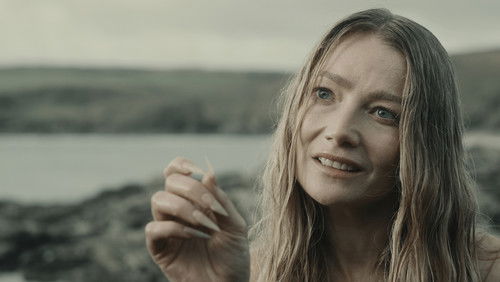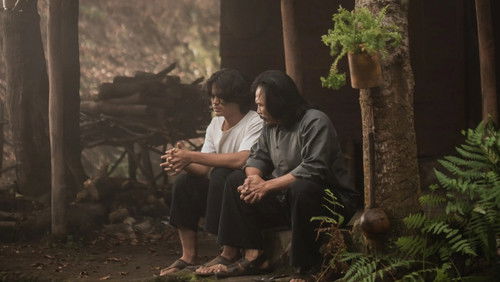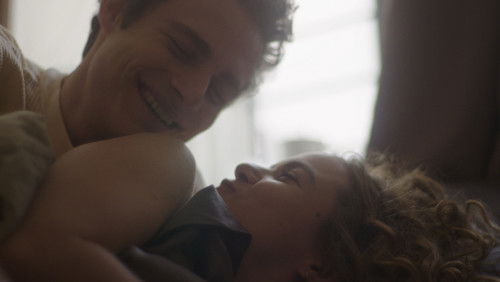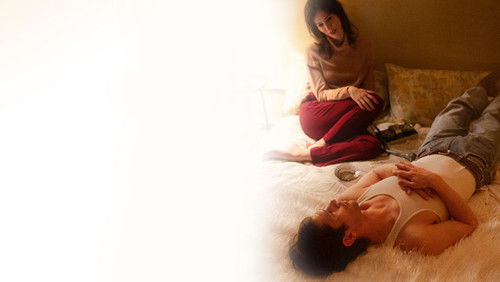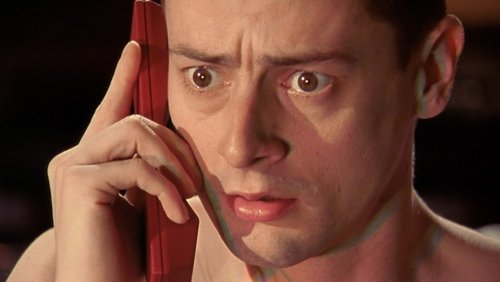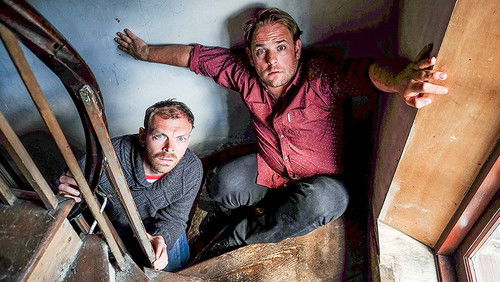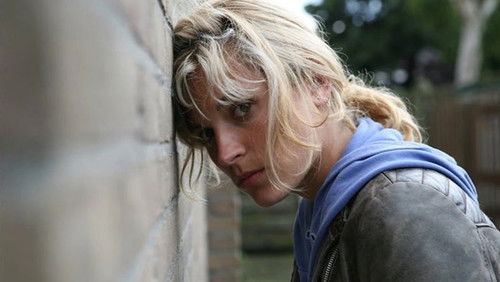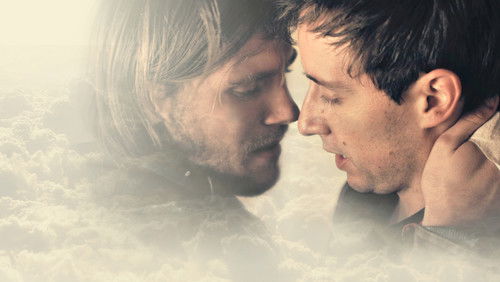Satanstango (1994)
6KSatanstango: Directed by Béla Tarr. With Mihály Vig, Putyi Horváth, László feLugossy, Éva Almássy Albert. On the eve of a large payment, residents of a collapsing collective farm see their plans turn into desolation when they discover that Irimiás, a former co-worker who they thought was dead, is returning to the community.
“Satantango (1994) **** u003cbr/u003eu003cbr/u003eSatantango, Bela Tarru0026#39;s 1994 7.5 hour masterpiece is incredible first and foremost in that despite its length and multiple shots of literally nothing taking place it is never, I repeat, never boring. This is one of the most incredible films I have ever seen. Complied of only 150 shots, many of which last for over 10 minutes, Tarr and his cinematographer manage to create a hypnotic and beautiful depiction of a desolated communal farm in post-communism Hungary. The scenery is at once withered and ugly, yet compellingly beautiful. The land is muddy and the buildings are in shambles. There are two scenes where main characters walk with the camera following as multitudes of trash blow along with them in the wind, creating a somehow hypnotic effect.u003cbr/u003eu003cbr/u003eThe film opens with literally a 10 minute shot following a herd of cows wandering through a seemingly rundown farm town. The camera makes what has to be one of the most incredible pans in cinematic history panning to the left for most of the ten minute scene. Who else but Bela Tarr would try such a thing; and who else but Bela Tarr could make it work so well.u003cbr/u003eu003cbr/u003eThe film follows the people of the farm in essentially three sections. The first section begins by showing Futaki having an affair with Schmidtu0026#39;s wife. Schmidt we find out is planning to run away with the money the town has made over the past year but comes home and is confronted by Futaki who has suck out only to come right back and knock on the door. They hear that the smooth talking Irimias and his sidekick Patrina, who have been believed dead by the town, are on their way back to town. The other residents, who all plan to take their money and leave town, seem to be under the thumb of Irimias and after hearing of his return meet at the local pub and discuss what to do and wait nervously for Irimiasu0026#39;s arrival.u003cbr/u003eu003cbr/u003eThe scenes are broken down into 12 steps, such as in a Tango. Nearly all of which are connected in that we see what has already happened from another perspective. The first section as noted involves Schmidt and Futaki; the second and one of the most hypnotic in the film is of an overweight and frail doctor who sits in front of his window documenting the actions of the townspeople. He details how Futaki is slipping out of Schmidtu0026#39;s house, and then goes back in, a scene which weu0026#39;ve already seen except this time itu0026#39;s from the window of the doctoru0026#39;s house. The doctor hulks around and then realizes he must leave his home to get more alcohol. Scenes go on like this weaving in out and out the story line from different points of view. The first third of the film deals with the realization of Irimiasu0026#39; return, and exposes the corruption of the citizenu0026#39;s capitalism by their greed. The second third is the post powerful. It documents a little girl who is conned by her brother and ignored by her mother. The only thing she has power over is her cat, and in order to feel that superiority she tortures and poisons the cat. I will not reveal how, but this section turns to tragedy which will be exploited by the smooth talking Irimias.u003cbr/u003eu003cbr/u003eThe final third deals with the corruption of Irimiasu0026#39;s communist plan for the farm. He convinces them to give him the power and all the money that has been saved up only to con them. This section is brooding with satire, as is the first in some ways, and has shades of Orwellu0026#39;s animal farm the dumb and obedient townspeople conned into subjugation by the charming Irimias.u003cbr/u003eu003cbr/u003eEssentially, Satantango is a 2 hour movie shown without its cuts bringing it to 7.5 hours. The film never uses its drawn out scenes to further the narrative, but neither does it use them for simply aesthetic purposes either. The filmu0026#39;s length and incredibly long shots seem to be rubbing the atmosphere right in our nose. Many shots have the camera move, raising and weaving and circling defining space like no other film. Some of the extended scenes are incredibly funny in bizarre ways, such as an extended dance seen (from which the film gets its title) where the villagers get drunk waiting for Irimias and Patrina, dancing to accordion music while the little girl peers in through the window; and another scene that circles the room while two officers dictate and type out Irimiasu0026#39;s statement, cleverly changing vulgar statements (which I found hilarious) and in the middle of it all, sitting down and having a snack in real time! These scenes sound perhaps boring, but somehow Tarr makes them seem riveting and when they end itu0026#39;s almost sad to see it. Another incredible extended sequence sees the camera facing down at the sleeping villagers circling them ever so slowing as a narrator describes their dreams.u003cbr/u003eu003cbr/u003eSatantango is a film like no other. Its scope is breathtaking and its style is beautifully crafted. Tarru0026#39;s films are almost like ballets: the camera moves always gracefully and in ways that we would only imagine that a cut was necessary, never faltering and always creating incredibly beautiful dances, and they set a mood perhaps better than anyone else. Satantango is Tarru0026#39;s masterwork, epic in every sense of the word. If you get the chance to see this one, do yourself a favor and experience all 7 and a half hours of its majestic and drab atmosphere. Satantango is film for the sake of film and art for the sake of art.u003cbr/u003eu003cbr/u003e4/4”
